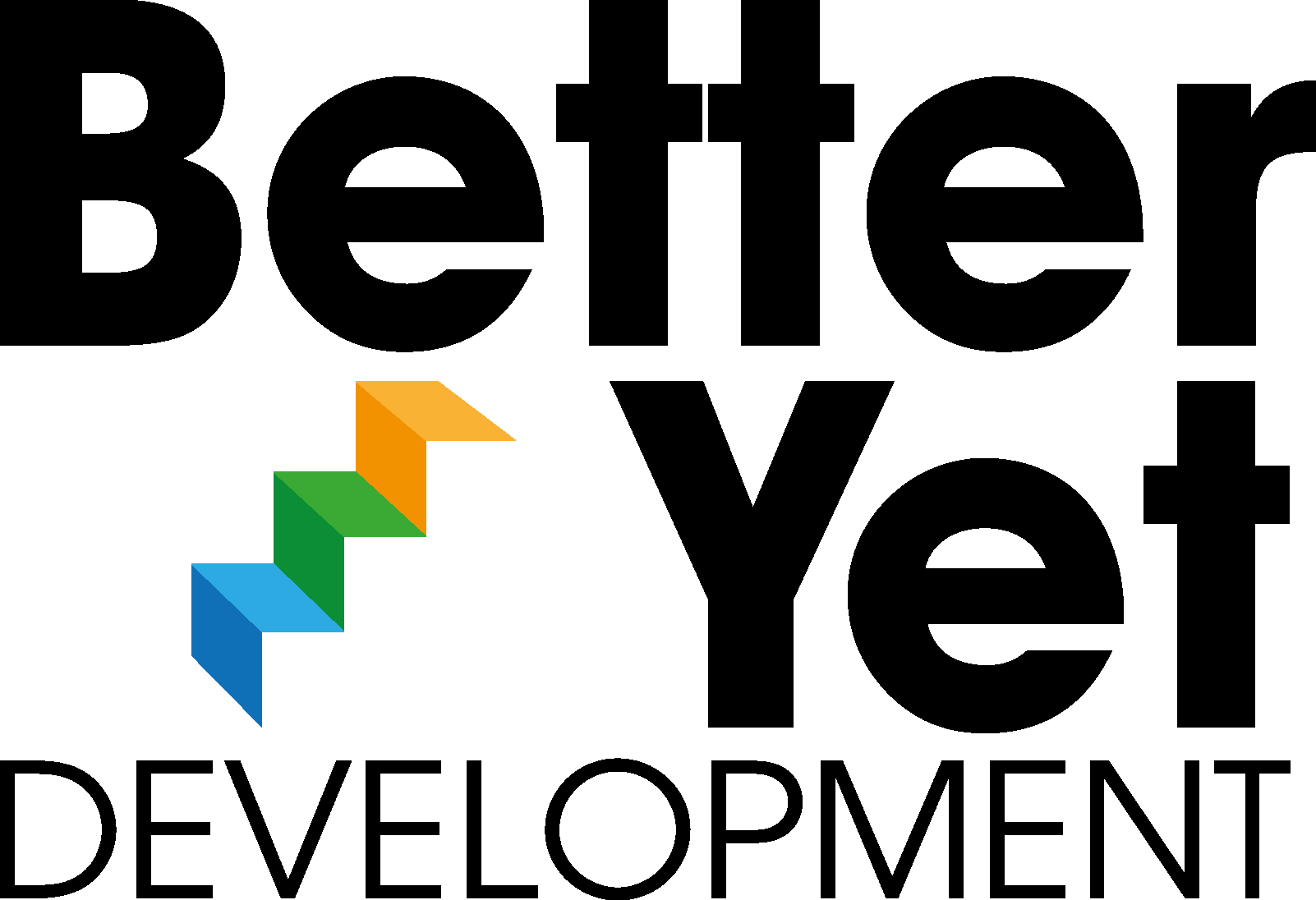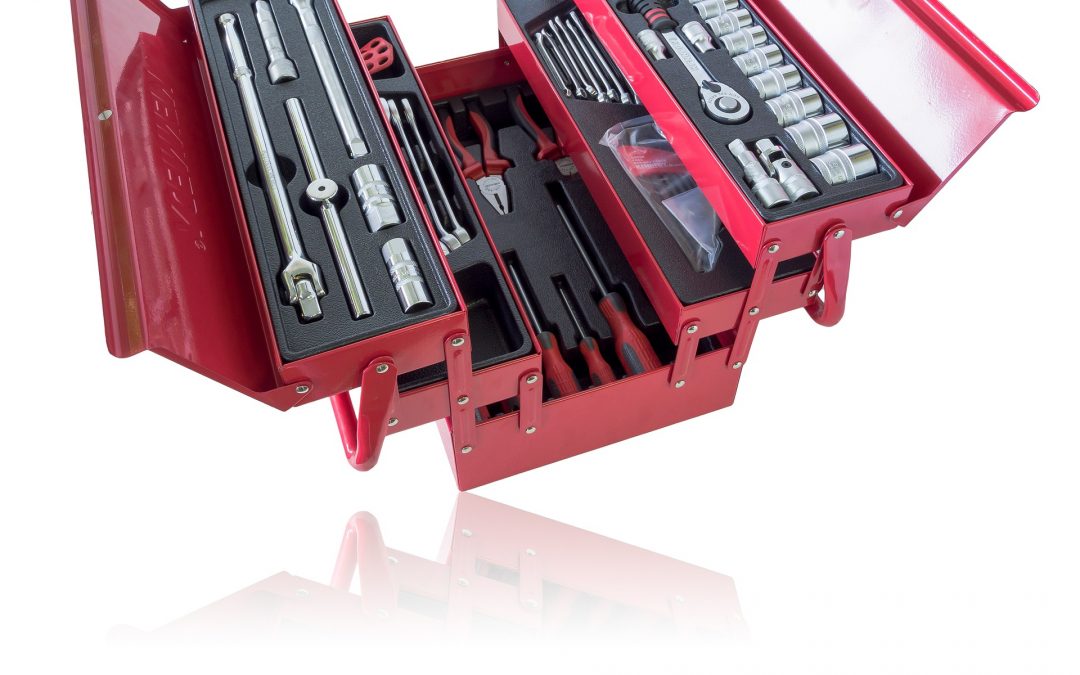I have adapted a blog by Gustavo Razzetti on fearlessculture.design for this article.
I came across this approach recently and introduced it to a couple of teams, for whom it’s become game-changing.
Sometimes teams get stuck when trying to make decisions. Discussions go round and round, heels dig in, there’s no prospect of agreement.
Deadlock.
Consent-based decision-making enables a team to move forward with a decision as long as no one in the team has a significant objection to the decision.
It’s a different bar. You’re not asking everyone to love the decision. Rather, you’re aiming for everyone to at least live with it.
If there’s a deep-seated, intractable objection, the decision cannot be made, but the proposer of the action is then able to reframe the proposal to account for the objection and progress is made towards a decision.
It’s probably a good investment of time for the team to agree upfront on what would and would not constitute an acceptable objection. For example, objecting mainly because you believe your approach to be better should not be acceptable, neither should objections based purely on personal taste. It’s easier to anchor these sorts of discussions in the present, so it’s a good idea not to allow objections based on opinions of what might happen as a consequence.
To be successful, this approach needs an amount of structure, which takes a bit of getting used to and will also benefit from someone assuming a facilitation role.
Here’s the process:
- Having identified a problem, someone on the team presents a proposal to solve the problem. The actual proposal should always start with, “I propose that we…”
- The facilitator then invites clarifying questions from anyone on the team. The purpose of these questions isn’t to challenge or improve the proposal, but simply to understand the problem and to be clear about what the proposal involves. There’s no limit on the number of questions that can be asked and each question needs to be fully answered before moving on. This stage is about ensuring clarity and the facilitator needs to ensure the discussion doesn’t wander or become a ‘back and forth on the merits of the idea. In fact, all reactions, feedback or comments should be avoided in this part of the process.
- Each team member now provides their reactions to the proposal. The facilitator should encourage a constructive approach, with team members sharing how they feel about the proposal, what they like, what they don’t like, suggestions and amendments. The proposer notes all the reactions, but is not allowed to respond. The facilitator needs to ensure that everyone has a turn at sharing their reactions, that the proposer listens and records and that the process doesn’t become a discussion at this stage.
- Based on the questions and responses, the proposer now has the option of amending the proposal or leaving it unchanged
- The facilitator invites objections to be raised one at a time, by saying something like, “Object if you see any reasons why adopting this proposal would cause us harm or move us backwards as a team?”. It may be that no objections are raised, in which case the proposal is agreed and thoughts can turn to implementation. Any objections that are raised must conform to the criteria set out by the team and the facilitator can push back when they don’t. The objections must be recorded without discussion. To move forward, all objections must be resolved. The proposer can either amend the proposal in real-time for each objection or elect to postpone the decision until they’ve had more time to work on the objections.
- If the proposer opts to work through objections at the meeting, each objection must be responded to in turn with necessary amendments made to the proposal.
- When all the objections have been built into a new proposal (which may end up looking very different to the initial proposal), another objection round needs to take place. This process goes on until the proposal is either adopted, the proposer decides to take it away to incorporate the modifications or chooses to drop the proposal altogether.
Whilst this may look a rather rigid process, it usually reaches a point of decision much faster than striving for pure consensus. The whole team is involved in the decision and quickly learns to focus on facts over opinions and the very practical benefits of a constructive mindset. The fact that at some point everyone will find themselves in the proposer seat also tends to moderate the extremes of behaviour and speed the resolution of deadlocks.

